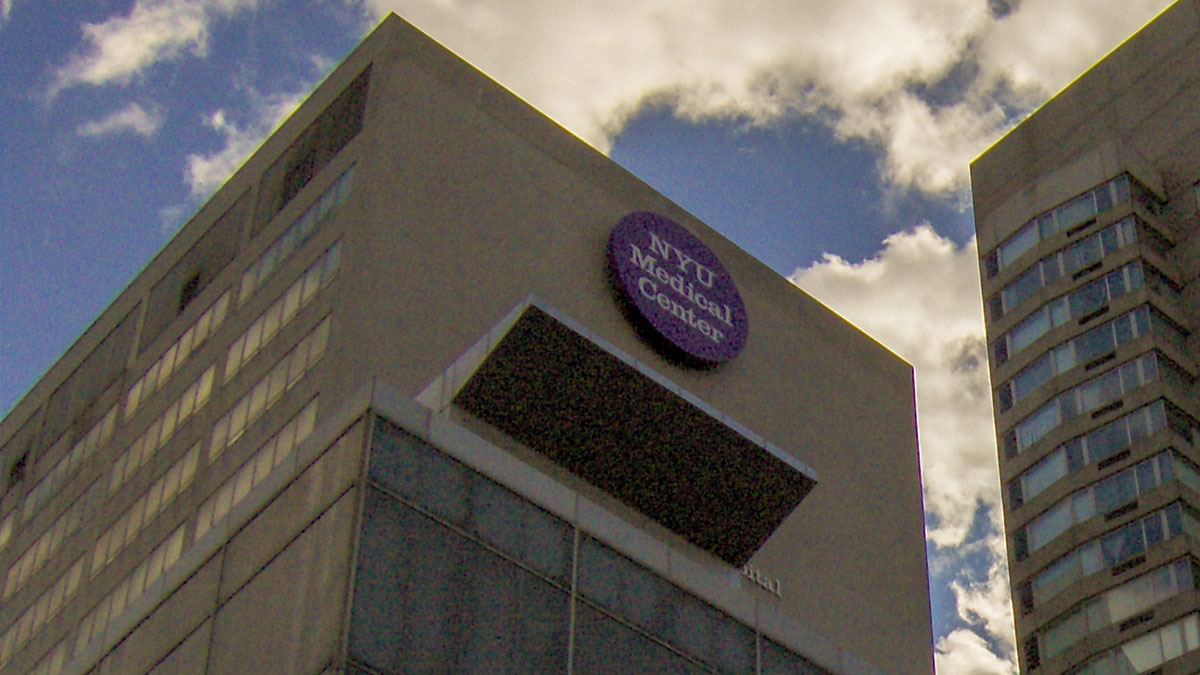Linking Neuroplasticity With the Outcomes of Walking-Based Interventions: a Feasibility Trial Comparing a Motor Learning Versus a Strength-Based Program in Children with Cerebral Palsy (2015)
Researchers compared the effectiveness of two different approaches in helping a child with CP improve their gait: the strength-based approach verses the motor-based, or learning-based approach. This information is important because of the time children and families spend in training is used effectively; kids with CP see many specialists, and effective time-management is a key factor in […]




